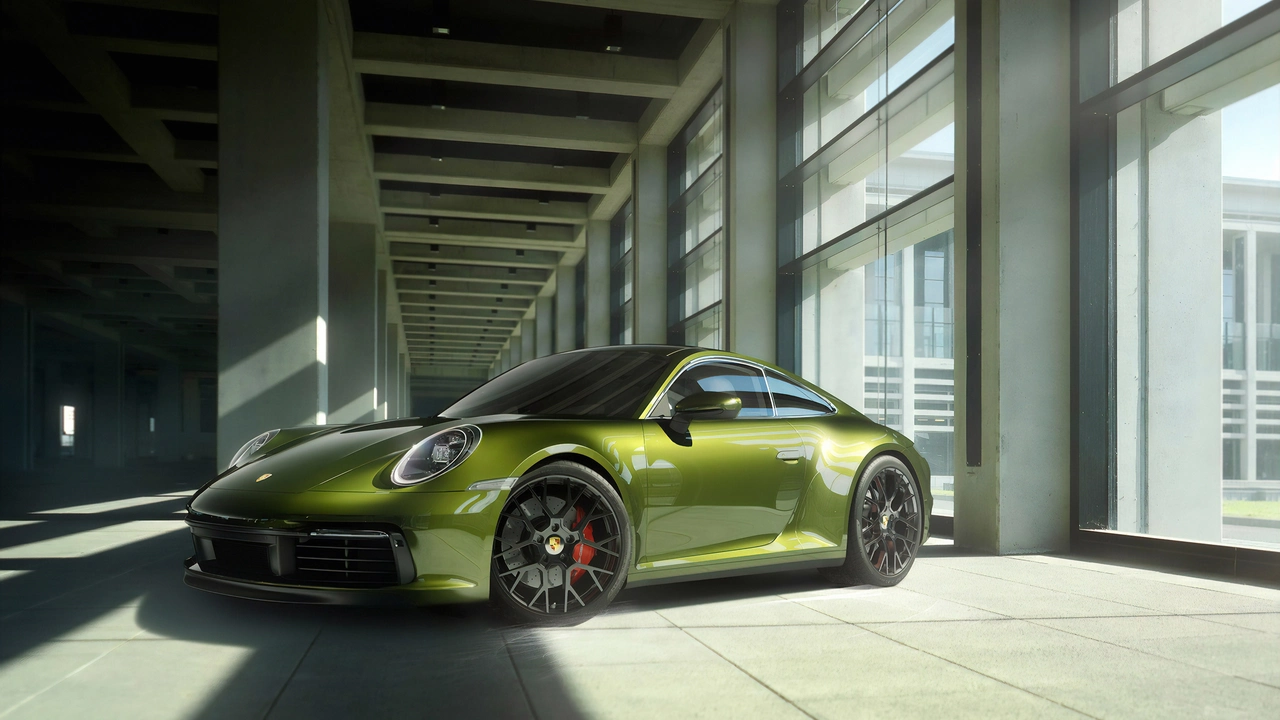Large Cars Explained – Benefits, Types, and How to Choose the Right One
When you hear the term large cars, you probably picture a roomy SUV, a hefty sedan, or a powerful pickup. Those vehicles are bigger on the road, give you more space, and often feel safer in a crash. But size also brings extra fuel use, parking headaches, and different handling characteristics. This guide breaks down the basics so you can decide if a large car fits your lifestyle and how to get the most out of it.
Size, Space, and Performance
Large cars usually have a wheelbase over 110 inches and a length beyond 190 inches. That extra length translates into a roomy cabin, bigger trunk, and more legroom for rear passengers. If you regularly haul kids, gear, or pets, the added cargo space can be a game‑changer. Many large models also come with higher ground clearance, which helps on rough roads and gives a commanding driving position.
On the performance side, bigger cars often carry heavier engines to move the extra weight. You’ll find V6 or V8 powerplants that deliver strong torque, making highway merging and hill climbing feel easy. However, the extra mass means slower acceleration compared to a compact sportscar, and braking distances can be longer. Modern electronic aids—like adaptive cruise control and electronic stability control—help keep large vehicles stable, but they can’t erase the physics of weight.
Choosing and Driving a Large Car
First, think about what you need most: passenger space, cargo capacity, or towing ability. If you need to tow a trailer or boat, look for a model with a high tow rating and a robust transmission. If everyday city driving is your priority, pick a large car with a tighter turning radius and optional parking sensors to ease tight spots.
Fuel economy matters more when the vehicle is big. Look for models that use turbocharged engines or hybrid systems—they can give you the power of a large car while sipping less gas. Check the EPA ratings and consider real‑world reviews about fuel use in stop‑and‑go traffic.
When you actually drive a large car, adjust your habits. Give yourself extra following distance, especially in wet or slippery conditions. Use the vehicle’s built‑in safety tech—lane‑keep assist, blind‑spot monitoring—to compensate for blind spots that grow with size. If you’re parked in a tight space, rely on rear‑view cameras and parking assist features to avoid bumps.
Maintenance costs can climb with size. Bigger brakes, larger tires, and more complex suspension systems often cost more to replace. Factor those expenses into your budget and ask the dealer about service packages that cover major wear items.
Finally, test drive several options. Sit in the driver’s seat, check the sight lines, and feel how the steering responds. A large car that feels clunky or under‑steered isn’t worth the extra space. The right model will feel stable, offer clear visibility, and still be comfortable for long trips.
Large cars aren’t just about being big—they’re about offering the space and capability you need while staying safe and manageable. By weighing the pros and cons, checking fuel and maintenance costs, and taking a thorough test drive, you can pick a big vehicle that matches your lifestyle and drives like a breeze.
Do Porsche deliberately make their large cars ugly? Why?
In my exploration of whether Porsche purposefully designs their larger cars to be less visually appealing, I found differing opinions. Some believe that Porsche's unique design approach is not about making their larger models 'ugly', but rather about maintaining their iconic sporty look, which can be challenging in bigger sizes. Others argue that these unconventional designs may be strategic, to ensure their smaller, pricier models remain more desirable. However, it's essential to remember that beauty is subjective, and what may seem 'ugly' to some may be attractive to others. In conclusion, there's no definitive proof that Porsche intentionally designs their larger cars to be less appealing.
